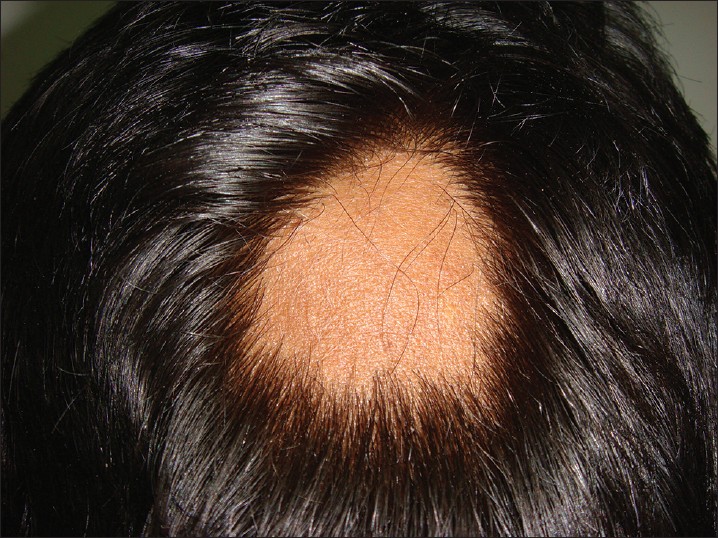Different Services Provide By Hair & Laser Clinic
Different Services Provide By Hair & Laser Clinic
Alopecia Areata
What is alopecia areata?
Alopecia is a general term for hair loss. Alopecia areata is a specific, common cause of hair loss that can occur at any age. It usually causes small, coin-sized, round patches of baldness on the scalp, although hair elsewhere such as the beard, eyebrows, eyelashes, body and limbs can be affected. In some people larger areas are affected and occasionally it can involve the whole scalp (alopecia totalis) or even the entire body and scalp (alopecia universalis).
What causes alopecia areata?
Hair is lost because it is affected by inflammation. The cause of this inflammation is unknown but it is thought that the immune system, the natural defence which normally protects the body from infections and other diseases, may attack the growing hair(Body fights against its own hair). Why this might happen is not fully understood, nor is it known why only localised areas are affected. But the hair usually regrows again completely if treated early.
Is alopecia areata hereditary?
There is a genetic predisposition to alopecia areata and close family members may be affected.
What does alopecia areata look like?
Typically, it starts as one or more bald, smooth patches on the scalp, which are not inflamed or scaly. It tends to affect the pigmented hair so there may be some white hairs left within the bald area in older people. Sometimes the hair loss is diffuse rather than localised patches. Regrowth usually starts at the centre of the bald patch with fine white hair that thickens with time and usually regains its colour.
How can alopecia areata be treated?
Localised patches – treated conservatively with topical creams and lotions.But if new patches of hair loss occur rapidly, then systemic therapy is requiredResistant patches- intralesional injections are advisedAlopecia involoving large areas- systemic therapy, topical application and TMA with PRP rolling is advised


